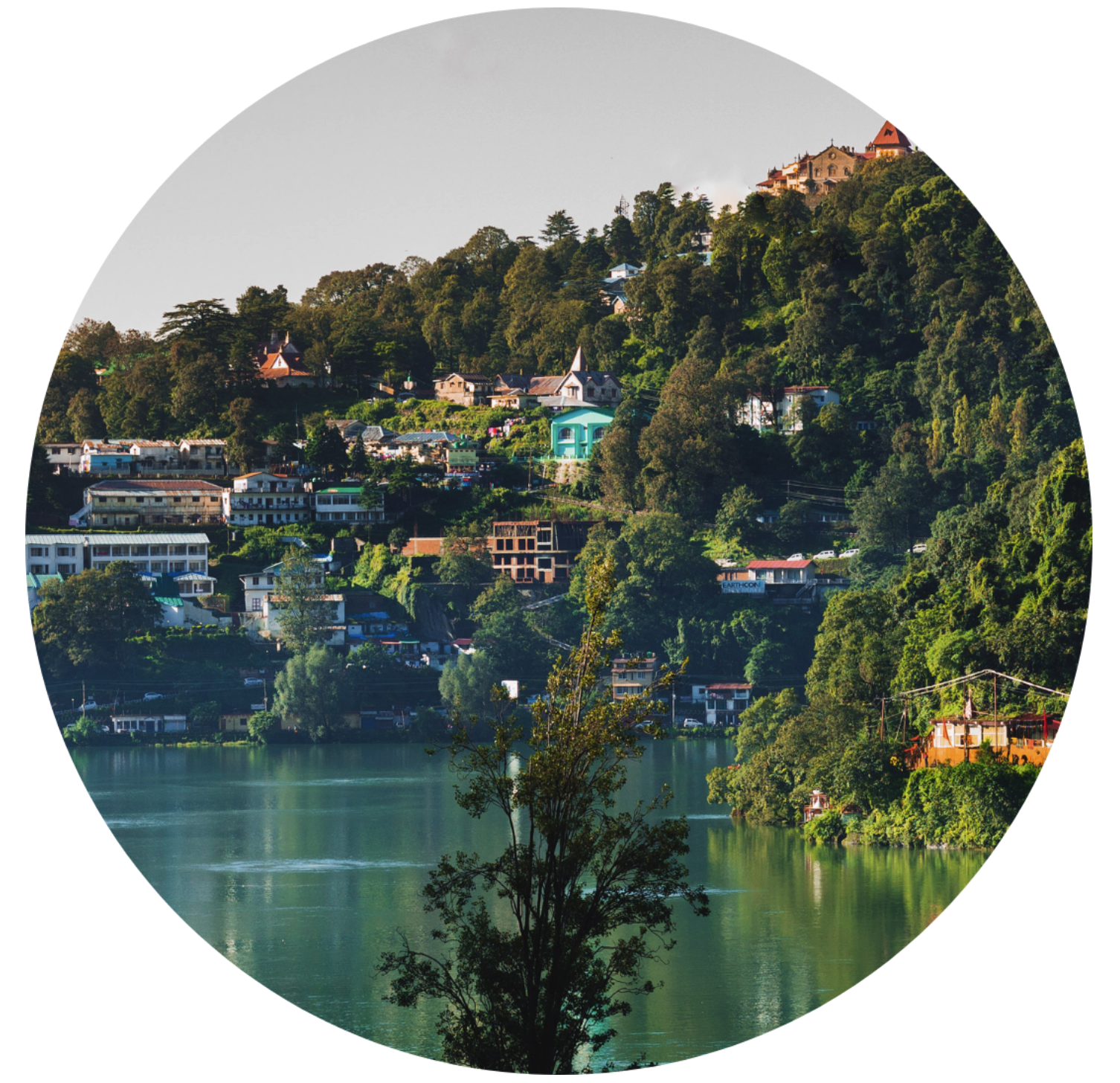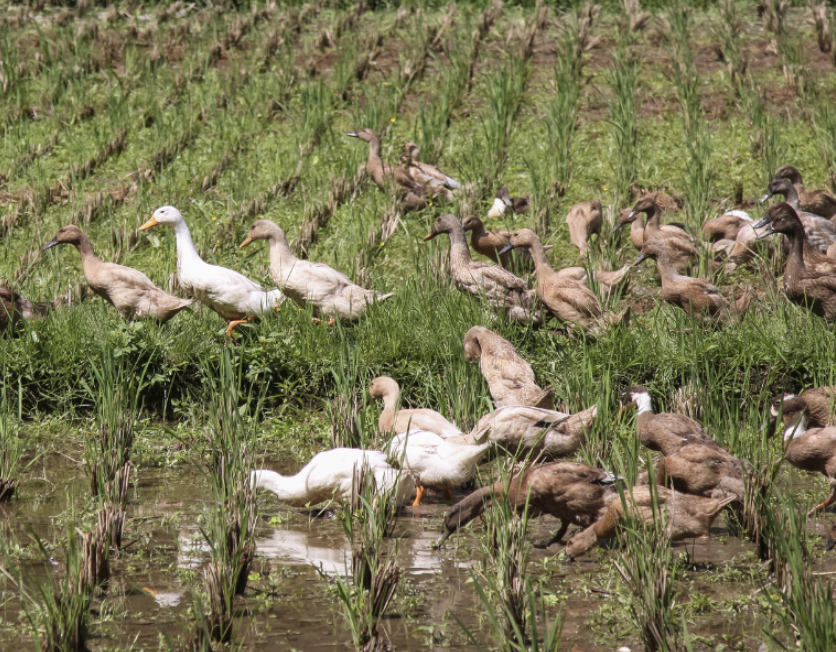7 SEPTEMBER 2025
We hear a car approach from behind, unseen. We hear a bird calling in the distance. Sound is everywhere, moving through and around us constantly – a powerful signifier of the environment we live in.
But what if we’re not the only ones listening? Increasingly, science shows that plants and even entire forests also ‘hear’. They detect vibrations at specific frequencies to find water, send out acoustic emissions, and even communicate distress – forming a hidden language of sound all around us.
While sound connects us, noise threatens us. The constant hum of city life – car engines, construction, traffic – can harm more than just our peace of mind.
Research shows that city noise levels of just 60 decibels can:
- Raise blood pressure and heart rate
- Increase stress
- Causes cumulative hearing loss
And if noise disrupts human well-being, it most likely affects animals and plants too. Imagine a forest where natural soundscapes are drowned out by motorways. What happens to the animals that rely on sound to survive? For example, noise pollution may also disturb insect pollinators because they communicate acoustically.
When we think of conservation, we often focus on what we see: a scenic landscape, a rare bird caught on camera, or a lush, thriving forest. But sound is just as critical. Scientist Garth Paine directs digital sound and interactive media and co-directs Arizona State University’s Acoustic Ecology Lab to research how sound shapes the environment. By blending digital sound, interactive media, and ecological science, his work helps communities – from rural towns to urban planners – to better understand how their soundscapes are changing.
Sound often reveals environmental shifts before our eyes do. A change in bird calls might signal altered migration patterns. New frequencies in an ocean soundscape might hint at changes in marine populations.

UNESCO launched a sound charter to promote listening as a tool for monitoring environmental health and guiding sustainable urban planning. Over decades of field recording – often lying still on the ground for hours at dawn or dusk – Garth Paine learned how sound tells the story of place. The way air density changes with temperature shifts, or how leaves versus bare branches shape reverberation, all reveal clues about the health and balance of an environment.
When soundscapes change, so does survival. In 2014, Garth Paine’s lab launched a crowd-sourced sound project across the southwestern United States. Communities near national parks deployed listening skills and recording techniques, then began capturing monthly audio snapshots of their local environments. The recordings were fascinating to listen to, but the point is they are also valuable data, showing how soundscapes shift with seasons, weather, and even climate change.

Imagine a world where fewer trees mean fewer sound absorbers – where natural environments become acoustically harsher, with echoes replacing balance. This change doesn’t just affect us. Species that rely on sound to find mates or detect predators could lose their ability to survive in these altered soundscapes, even if food and shelter remain abundant.
One of the aspects of this work is turning data into art. The recordings often become musical compositions. These concerts spark dialogue and mobilise people around climate impacts – proof that sound can bridge science and emotion in powerful ways.
By mapping sound, weather, and change, Garth Paine’s EcoSonic Project pushes this exploration further, studying how sound diversity correlates with weather and climate patterns. Using psychoacoustic analysis and machine learning, mapping reveals how environmental conditions change the “acoustic diversity” of an area. Preliminary results show:
- Higher wind, temperature, and cloud cover = more diverse sounds
- Higher dew point and visibility = fewer unique sounds
This research could one day help us predict environmental changes simply by listening. Sound is more than a backdrop to our lives; it’s a vital sign of environmental health, biodiversity, and even community well-being.
Without the arts, we wouldn’t ask perceptual questions about what we hear. Without science, we wouldn’t have the tools to analyse and predict changes. And without communities, we wouldn’t have the local knowledge or data that make research meaningful.
Every one of us has the ability to pause, listen, and reconnect with our environment through sound. Next time you step outside, close your eyes and listen to what you hear.
The planet is speaking. Do you think it is time we start to listen actively?
FACT SHEET
From the quiet hum of city noise affecting our bodies to forests “listening” for survival cues, the science of sound reveals surprising truths about the world around us. Here are three fascinating facts that show just how powerful sound really is.


Could alternatives to pesticides be found by listening to plants?
Discover the fascinating ecosystem of rice farming. Learn how natural allies and innovative research could reduce pesticide dependence and make rice farming more sustainable.

